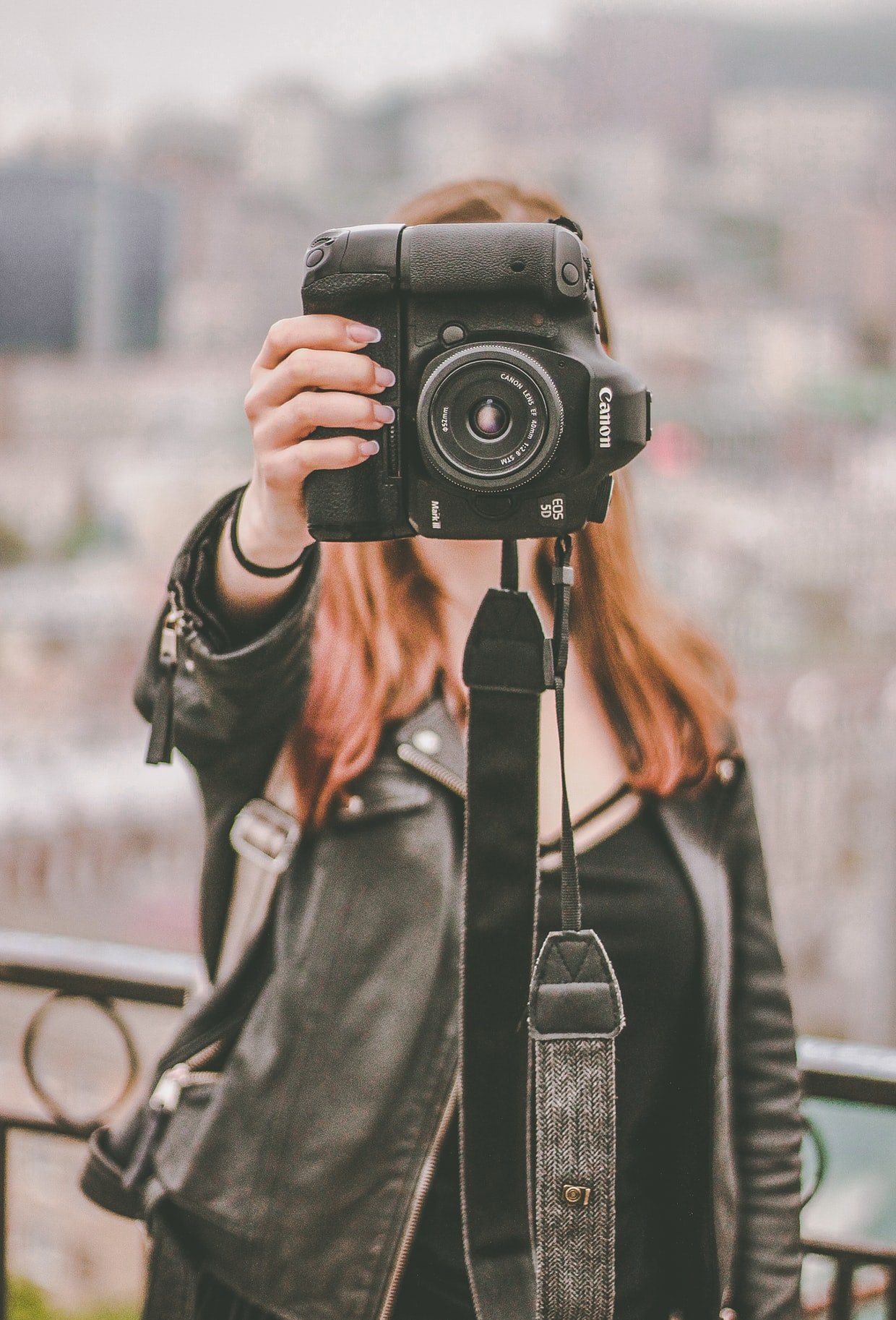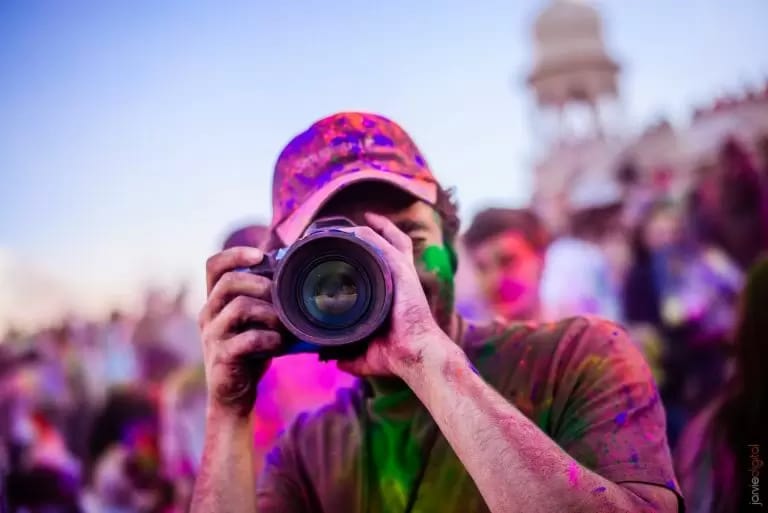In this demarcated world with no seamless joins, everything has it’s own beauty to be captured!.Everything micro second there’s an activity that is happening in and around. Some can be natural, some can be aesthetic while some can be simply acted upon. Photography is the most aesthetic form of capturing the live moments. Getting some essence of the theme of some landmark, is made much easier through it.The cogitation of camera has laid a huge impact on today’s generation and its society.The exuberant nature has got so much of importance that it deserves and is very versatile aspect to be captured.

A picture says it all!
No lies, no flaws, no demarcations!The first permanent photograph was being captured in 1826 by Sir Joseph Nicéphore Niépce in France. It had displayed the roof of a building, which was lit by the sun.Color photography had started to become popular and accessible only with the release of Eastman Kodak’s “Kodachrome” film in the 1930s. Before the colour photography had started, almost all photos were monochromatic. Although a handful of photographers, toeing the line between chemists and alchemists, used specialized techniques to capture color images for decades before.

The most important settings involved in photography are the shutter speed, aperture, and ISO. All of them control the brightness of the photo, although they do so in versatile ways. In other words, each brings its own “side effects” to an image. So, it’s kind of an art to know exactly how to balance all three for a given photo.

- Shutter speed: The amount of time the camera sensor is being exposed to the world while capturing a picture.

- Aperture: Acts as a “pupil” in the lens that can open and close to let in different amounts of light.
- ISO: Technically it is a bit more complex, but similar to the sensitivity of film for taking pictures in versatile lighting conditions.
Photography is restricted as well as protected by the law in many aspects jurisdictions. Protection of photographs is being achieved through the granting of copyrights or moral rights to the photographer.

